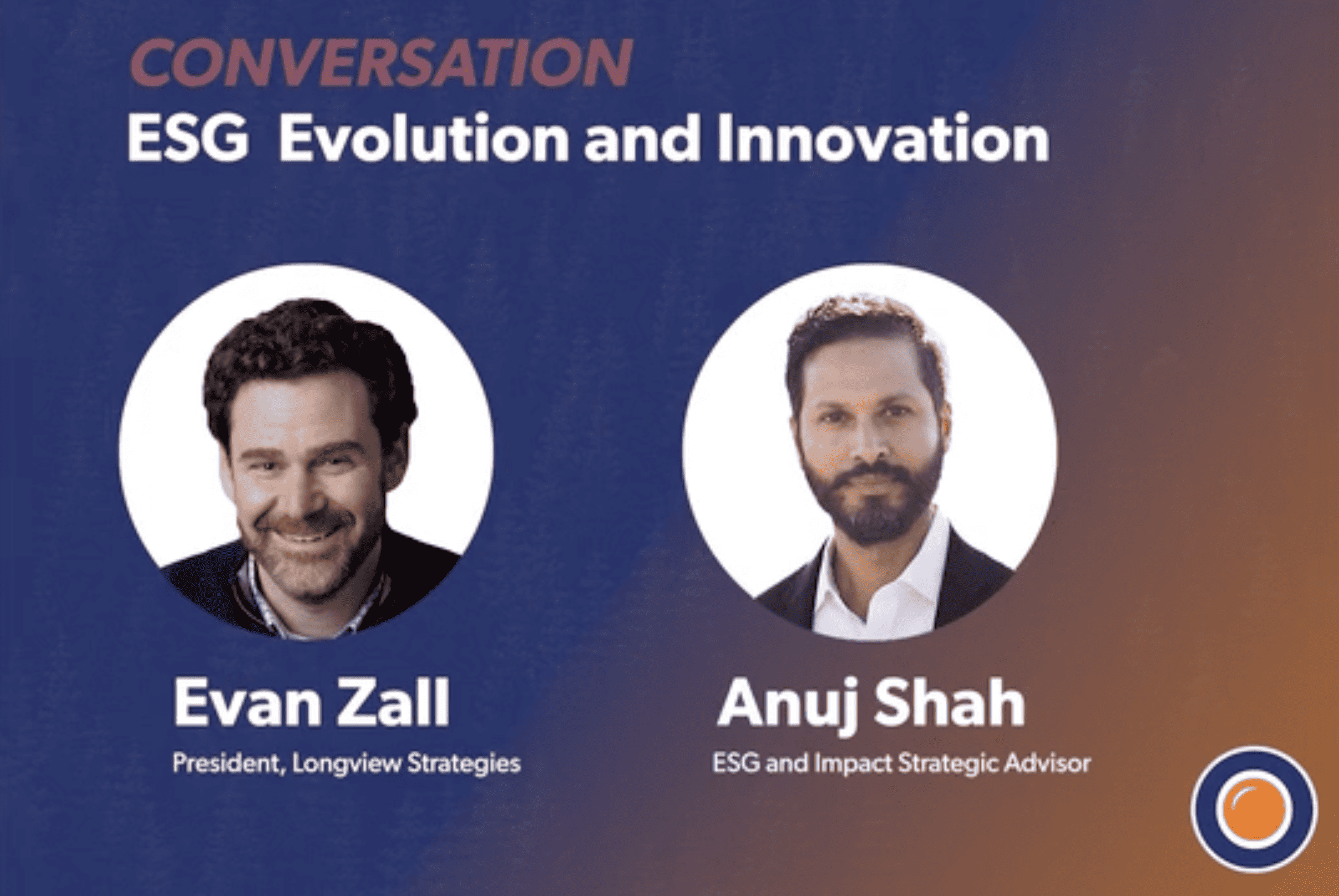Anuj A. Shah has for decades been focused on the intersection of ESG and impact investing integration with investment management strategy. We took a few minutes to talk through major themes in sustainable investing and the forces that are driving greater interest.
How and why are asset owners and managers changing their approach as ESG options become more nuanced and, in many ways, more advanced?
Over the last four or five years, there has been increasing recognition that integrating ESG into strategy – for asset owners, asset managers, and corporates – could be beneficial. In some ways, it was reactive to the pressure that the entities were feeling from their respective demand sides.
The sustainable investing field has been embedded within investment management, and despite remaining fragmented, it will get more sophisticated. One of the major drivers I see is this Great Wealth Transfer. Trillions of dollars are moving from baby boomers to their next-generation heirs, and the people who want to manage or advise on those assets need to be aware of what that next generation is seeking with regard to sustainable investing.
This Great Wealth Transfer has been on the minds of the financial advisor community for at least a decade. Now it’s happening. And at the same time, we have this rise of sustainable investing. How do you think financial advisors need to react to that?
It presents a threat to advisors but also a tremendous opportunity. Whenever there’s money in motion, there’s the potential to gain and to lose. If advisors aren’t having conversations with their next-gen clients and potential clients about sustainable investing, someone else is.
The financial advisor community needs to start digging into the weeds by paying attention to the major differences between this younger demographic and baby boomers. People who are and will be the recipients of this capital are much more interested in aligning investments with their values. If you’re a financial advisor, you should be reviewing and understanding the sustainable investment opportunities across all asset classes that you have available for clients on your platform.
You also need to get familiar with the lexicon, which is unique and distinct. You need to get trained up on what ESG and impact actually are, including the different standards and frameworks that guide ESG and impact integration and reporting. This may be a slow trickle now for the mainstream advisor world, but at some point, it’s going to become like drinking from a firehose. This wealth transfer is already in process. We’re in it now.
We’re also in a rare instance where perception is not reality in the mainstream. We see and hear a lot of hesitance around the term “ESG” from end users, and in the news, but for the actual investment community, there is virtually no hesitation. They’re just quieter about it. It’s part of the process if you look behind the curtain because it’s just good investing. Are you seeing that same kind of momentum in investment circles?
Yes, exactly. As an exciting example, there is product innovation happening based on ESG factors. Sustainability-linked bonds and notes did not exist prior to 2019. Essentially what they do is tie a potentially lower interest rate to material ESG factors, thereby incentivizing borrowers to meet sustainability goals. And for the lender, it de-risks.
That’s just one example. I expect more innovative products to be introduced on the impact side through blended finance structures that will help investors achieve market-rate returns. There are many different types of innovations that could incentivize impact outcomes while rewarding investors.
At the same time, we should recognize that there’s a lot of product innovation being driven by the evolving regulatory landscape. Europe is ahead of the U.S. in those efforts, but there’s still a lot of confusion about what constitutes a fair use of terms like “ESG” and “sustainability” when talking about the fund environment.
You are referring to SFDR (Sustainable Finance Disclosure Regulation) and Articles 6, 8, and 9 funds, and there certainly is confusion, but it is a step in the right direction. It’s all part of an effort to classify investment products so that investors can better understand what’s trying to be achieved by potential investments. There absolutely has been greenwashing in the space, with a very low barrier to entry for slapping an ESG label on products. You could call a fund “ESG” without fully having to articulate the substance of what makes them qualified.
So transparency and reporting on the sustainability practices and processes of asset managers and corporates is essential. And for them, it is essential to get in front of what you’re doing and communicate your story in a consistent manner to ground and control the narrative. You don’t want to manage your sustainability strategy to the regulatory environment. You want to create the strategy and then look at the regulations that you’re subject to.
Investors want to see that type of forethought and credibility.
Reach out to us today to start your conversation!




